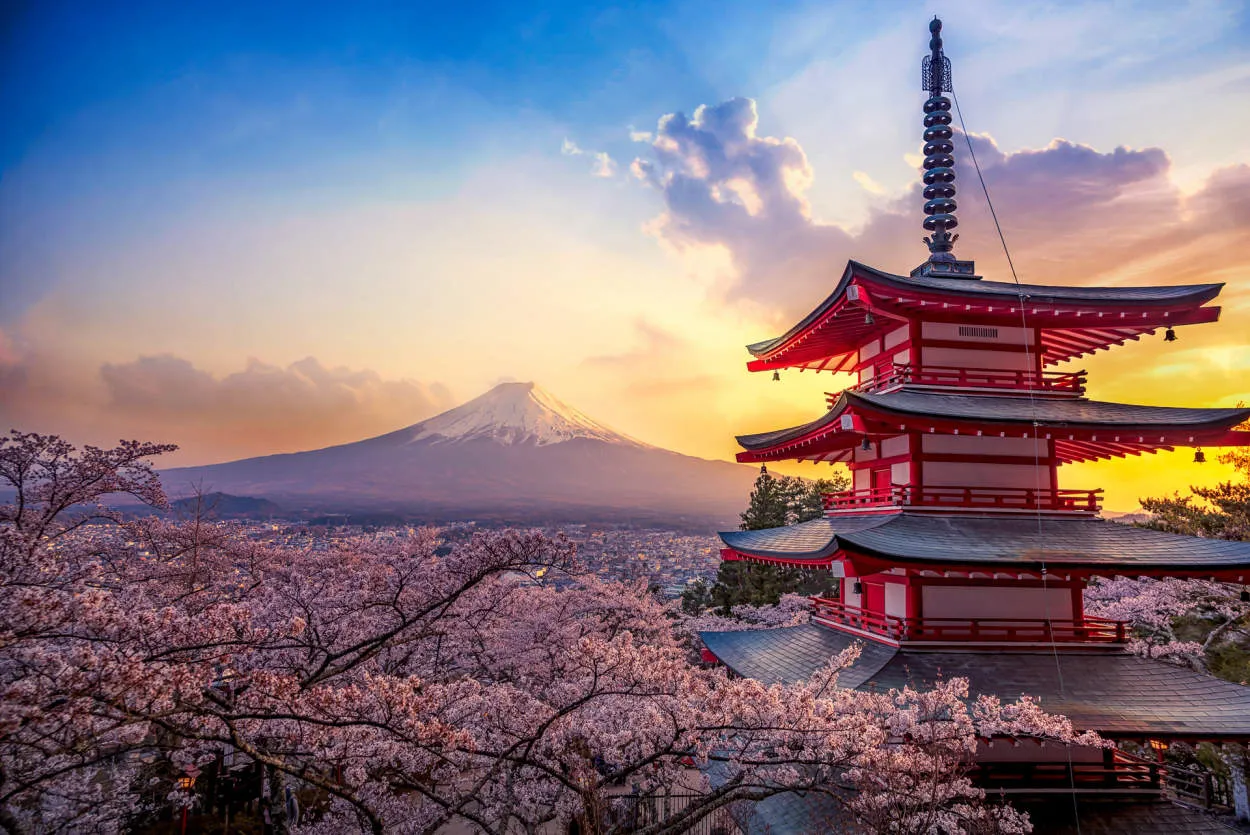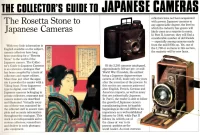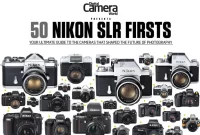Japan’s Camera Accessories: Enhancing Your Photography Experience
Exploring the World of Camera Lenses and Their Functions
Camera lenses play a crucial role in capturing stunning photographs and videos. They are an essential part of any photographer’s gear, allowing them to unleash their creativity and capture the world from different perspectives. In this article, we will dive into the world of camera lenses and explore their various functions.
1. Prime Lenses
Prime lenses have a fixed focal length, which means they cannot zoom in or out. However, they offer exceptional image quality, wide apertures, and better low-light performance. Prime lenses are preferred for portrait photography and capturing sharp and crisp images.
2. Zoom Lenses
Unlike prime lenses, zoom lenses have a variable focal length, allowing you to adjust the focal point and capture images at different distances. These lenses are versatile and suitable for various genres of photography, including landscapes, sports, and events.
3. Wide-Angle Lenses
Wide-angle lenses have a short focal length, allowing you to capture a broader field of view. They are commonly used for landscape photography, architectural shots, and capturing scenes where you want to include more elements in the frame.
4. Telephoto Lenses
Telephoto lenses have a long focal length, enabling you to zoom in on distant subjects. These lenses are ideal for wildlife photography, sports events, and situations where you cannot physically get close to the subject.
5. Macro Lenses
Macro lenses are designed for close-up photography of small subjects, such as flowers, insects, or intricate details. These lenses allow you to capture minute details with incredible clarity and magnification.
6. Specialty Lenses
There are also specialty lenses available, such as fisheye lenses for creative distortions or tilt-shift lenses for perspective control. These lenses provide unique opportunities to experiment and create artistic images.
Understanding the different types of camera lenses and their functions is essential for photographers to choose the right gear for their desired shots. Each lens offers a different perspective, allowing photographers to unleash their creativity and capture the world in unique ways.
Understanding the Importance of Tripods for Stable Shots
In the world of photography, tripods are an essential accessory. Whether you are a professional photographer or just an enthusiast, using a tripod can greatly enhance the quality of your photographs.
Firstly, tripods provide stability. Even with steady hands, it is nearly impossible to hold a camera perfectly still for a long exposure or when using a telephoto lens. A tripod eliminates any shake or blur caused by hand movements, resulting in sharper and clearer images.
Secondly, tripods allow for precise composition. With a tripod, you can take your time to find the perfect framing and adjust the camera to your desired angle. This is especially useful when shooting landscapes, architecture, or still life, where precise positioning is crucial.
Furthermore, tripods enable long exposure photography. When capturing scenes in low light or creating motion blur effects, a longer shutter speed is needed. Holding the camera by hand for an extended period is not feasible without causing blurriness. Using a tripod allows for these longer exposure times, unlocking creative possibilities.
Lastly, tripods contribute to your overall comfort and convenience. They can alleviate the strain of holding heavy camera gear for extended periods, reducing fatigue and enabling you to focus more on your photography.
In conclusion, tripods are indispensable for photographers seeking stable shots, precise compositions, and creative flexibility. Investing in a high-quality tripod will undoubtedly enhance your photography experience, whether you are exploring the vibrant streets of Tokyo or capturing breathtaking landscapes in Kyoto.
Discovering the Advantages of External Flashes
When it comes to enhancing your photography experience, one accessory that shouldn’t be overlooked is the external flash. Whether you’re a professional photographer or an amateur looking to improve your skills, investing in a high-quality external flash can significantly elevate the quality of your photographs.
Here are some key advantages of using external flashes:
1. Increased Lighting Control
External flashes give you more control over the lighting conditions of your shots. They allow you to adjust the angle and intensity of the flash, enabling you to capture well-lit subjects even in low-light environments.
2. Reducing Harsh Shadows
The built-in flashes on cameras often result in harsh shadows or overexposed areas. External flashes, on the other hand, can be bounced off walls or ceilings to create a softer, more natural lighting effect. This helps in reducing those unflattering shadows and producing more balanced exposures.
3. Better Subject Illumination
With the added power and flexibility of an external flash, you can properly illuminate distant subjects or objects that are poorly lit. This is especially useful when shooting outdoor portraits or when your primary light source is inadequate.
4. Versatility in Various Situations
External flashes come with features such as swivel and tilt capabilities, which allow you to bounce the light in different directions. This versatility enables you to adapt to different shooting situations, whether you’re indoors, outdoors, at a wedding, or in a studio.
5. Enhanced Creative Possibilities
By manipulating the light with an external flash, you can experiment with various lighting techniques. This opens up a world of creative possibilities, allowing you to add drama, highlights, or shadows to your images and achieve professional-looking results.
Investing in a high-quality external flash can be a game-changer for photographers. It offers increased lighting control, reduces harsh shadows, provides better subject illumination, offers versatility, and unlocks new creative avenues. So, if you’re looking to take your photography to the next level, consider adding an external flash to your camera bag.
Exploring the Potential of Filters in Photography
When it comes to enhancing your photography experience, camera accessories play a crucial role. Among the wide range of accessories available in Japan, filters have gained significant popularity among photographers of all levels. These small yet powerful tools have the potential to transform your photographs and take them to new creative heights.
Filters are transparent attachments that are placed in front of the lens to alter the way light enters the camera. They can be made of glass, plastic, or resin and come in various shapes and sizes to fit different lens diameters. Each type of filter serves a specific purpose and can create different effects in your photographs.
Polarizing Filters:
A polarizing filter is one of the most commonly used filters in photography. It helps reduce glare and reflections, making colors appear more vibrant and saturated. By selectively blocking certain rays of light, it enhances contrast and improves the overall image quality. Additionally, a polarizing filter can deepen the blue of the sky and make clouds stand out, resulting in stunning landscape shots.
ND (Neutral Density) Filters:
ND filters are essential for photographers who want to control exposure in bright conditions. These filters reduce the amount of light entering the lens without altering the colors or hue. With an ND filter, you can achieve longer shutter speeds, allowing you to capture motion blur in waterfalls or create smooth, dream-like effects in any moving subject. They are widely used in landscape, architecture, and long-exposure photography.
Graduated ND Filters:
Graduated ND filters are perfect for situations where there is a significant difference in brightness between the sky and the foreground. These filters are clear on one half and gradually darken on the other half. By positioning the darkened portion over the bright areas, such as the sky, you can balance out the exposure and capture both the sky and the foreground with proper detail and exposure.
These are just a few examples of the filters available in Japan’s camera accessories market. Other filters, such as UV filters for lens protection, color filters for creative effects, and close-up filters for macro photography, offer endless possibilities to explore in your photographic journey.
Whether you are a beginner or a professional photographer, incorporating filters into your arsenal can greatly expand your creative options. Take the time to experiment with different filters and discover how they can enhance your photography, allowing you to capture breathtaking images that express your unique vision.
Conclusion
In conclusion, Japan’s camera accessories offer a wide range of options to enhance your photography experience. From high-quality lenses and filters to advanced tripods and camera straps, these accessories provide photographers with the tools they need to capture stunning shots. With Japan’s renowned reputation for precision and craftsmanship, investing in these camera accessories can greatly elevate the quality of your photographs.




